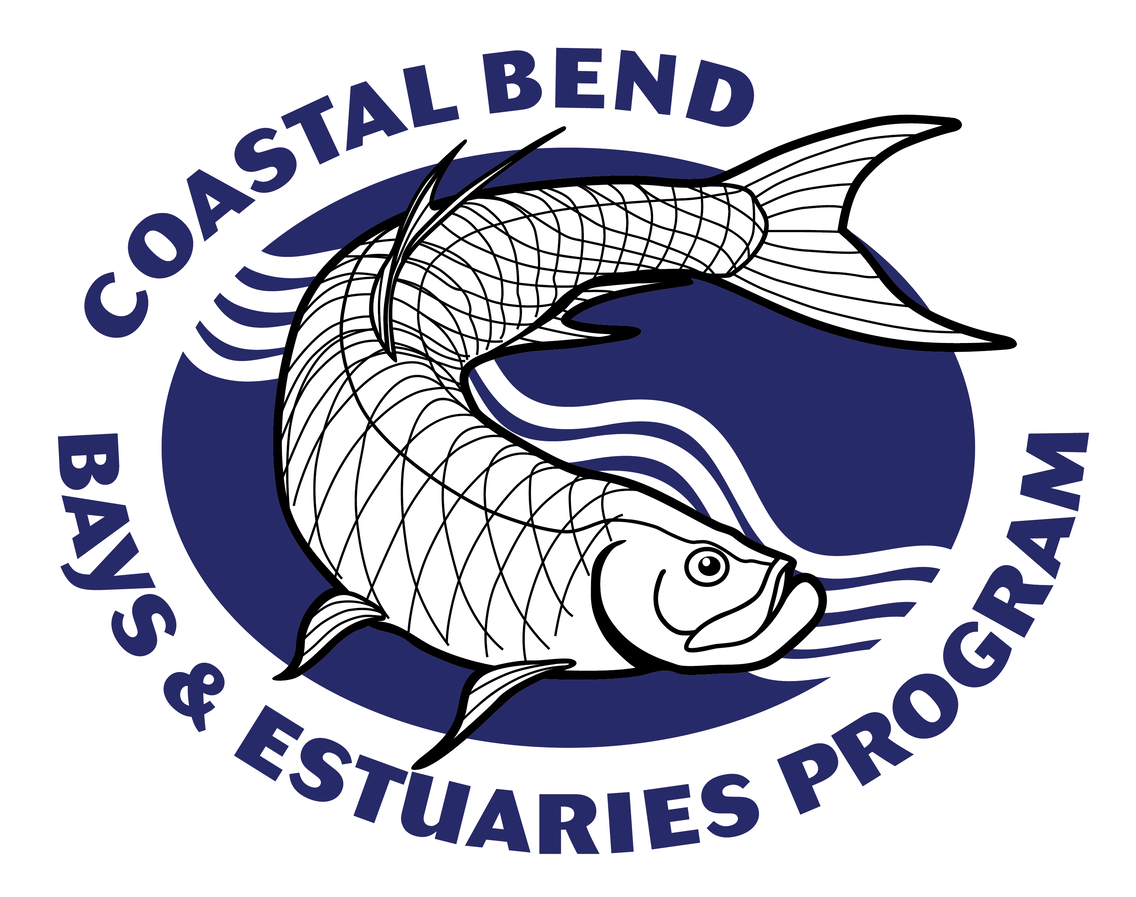Who’s Been to COMPETITION IN HABITATS:
TEKS Covered: 112.28 (a) 1ABDE, 2-5, (b) 1, 3, 4A, 5, 10, 11B&C, 12, 13C
Equipment used: field journals, hand lens, anemometers, psychrometers, microscopes, thermometers, refractometer
Vocabulary: producer/consumer, predator/prey, parasite/host, aquatic/terrestrial systems, biotic/abiotic, populations, ecosystem, environmental changes, human uses, topographic map, satellite images, erosion, predictions, deposition
Field Trip Stations:
Ecosystem Observations – Observe the different layers of the habitat.
Interdependence- Make observations on the pond and its relationships with the abiotic and biotic factors in that ecosystem. Think about the pond and its role in a food chain.
Microscopic Wonders- Hike with a hand lens and think about the different relationships within an ecosystem and the living things that interact with it: plants, animals, etc.
Sound map – Hone observation skills and create evidence-based conclusions.
Ecosystem Observations Compare & Contrast – Observe and evaluate similarities and differences of ecosystems of different locations.
Who’s Been to Rincon? – What evidence of organisms and what types of habitats are found at Rincon Bayou?
Water Quality and Biodiversity – How do the characteristics of the water itself influence the level of biodiversity?
Extra stations for customization:
Particle Size & Percolation – Identify & discuss the processes that are involved creating the soil that is found at the Delta.
Weather – Use various measuring instruments to collect data on the weather present at the delta.
Protect the water – Reflect on things you can do to conserve water and envision what a perfect environment would look like.
Due to the size of most middle/high school trips, we usually host the grade levels over a series of days. During the field trip, a number of stations will be run by our education staff & volunteers. Students will rotate through these stations. The activities provided are sample trips for each grade level, but as always, you may customize your field trip by meeting with the educator.
For more information in planning your field trip or to customize a trip, please view our Teacher Workbook.
